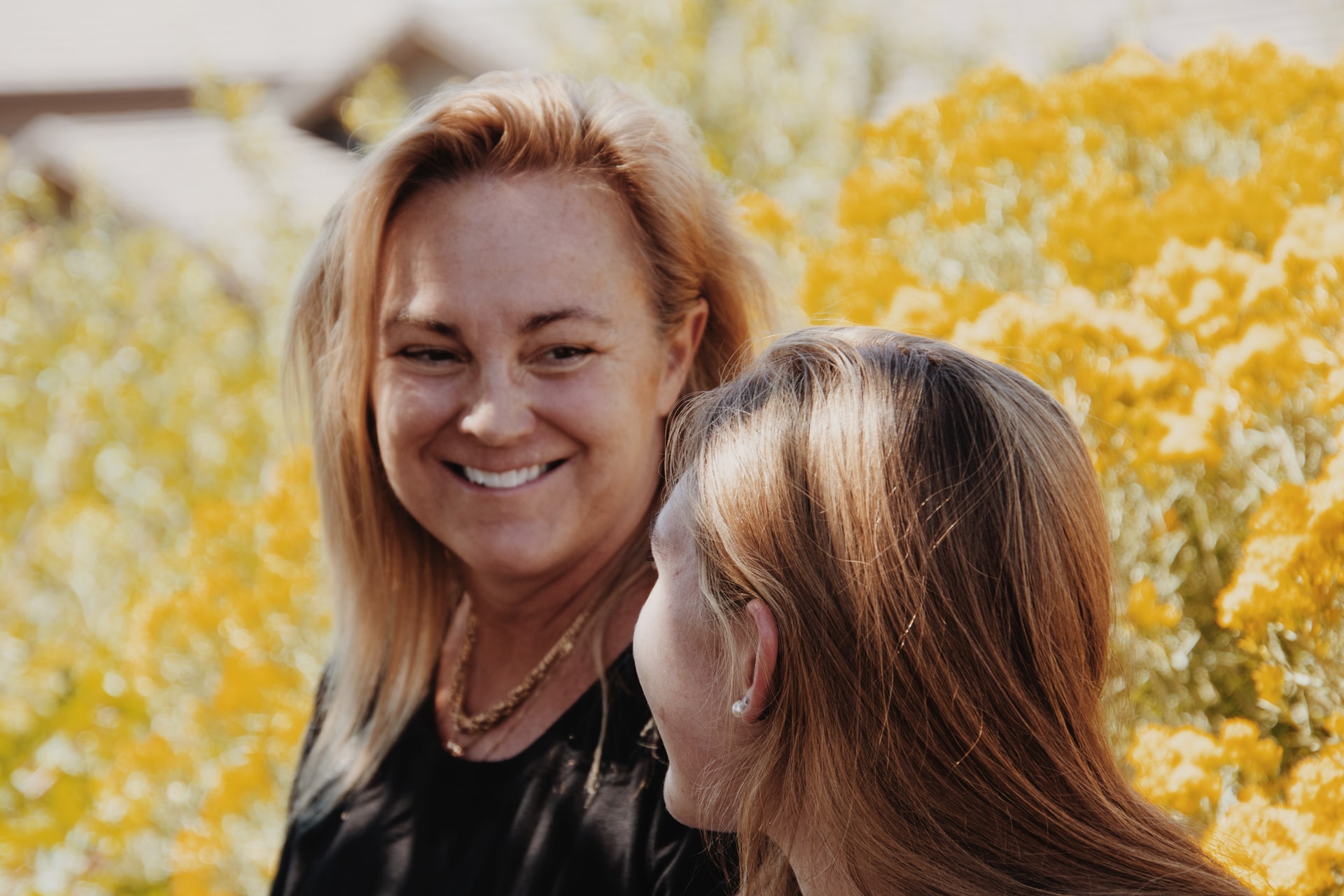Many of us have grown up never having learned how to set boundaries. This is especially true for women. Girls are often taught in our society that they should be polite and nurturing. There is an emphasis on being nice that can send us the message that what others want is more important than our own interests and comfort. That’s why teaching kids early on that it’s okay to set boundaries is so important. Having conversations on this topic and setting a good example lets them know they it’s okay to value their own needs and desires above those of others. Take a look at why boundaries matter when it comes to keeping your kids safe and healthy.
Kids and Boundaries
Kids are vulnerable people. They’re taught to respect and listen to adults. Children don’t hold the power in relationships, and they depend upon the grownups around them to care for them and to treat them with respect. Unfortunately, not all adults are healthy role models. Some may treat children in ways that are abusive or that make them feel uncomfortable. This can be done unintentionally and doesn’t always mean that someone is a bad person. However, children should know that they have the right to be comfortable and to feel safe in their environment. Teaching kids to create and enforce boundaries can help them to do that.
Benefits of Boundaries for Kids
Teaching kids to set boundaries offers a number of benefits. It shows kids they can have some control over their bodies, their preferences and their comfort level. It lets them know that they matter and that they have value. When kids begin to understand boundaries, they gain confidence in their own worth. They know that they have a right to declare their personal preferences and that their rights should be respected.
Examples of Boundaries and Kids
You can help your children to determine their own personal boundaries by having conversations with them about recognizing their own feelings and learning to express themselves clearly. Each child’s boundary needs will differ, but there are some common ones you may wish to address. Kids should feel confident in their bodily autonomy, for one. This means their body is their own, and no one has the right to it without permission. This includes kisses and hugs from loved ones. Let your kids know they aren’t obligated to show physical affection. Likewise, be sure to talk to them about any inappropriate touching so that they are aware they should say something about such touch. Other common boundary issues include saying no, sharing their preferences and deciding how to spend their time. Once you start having conversations around these things with your kids, you’ll start to discover the areas in which they’re most interested in setting boundaries.
Teaching kids to set boundaries is one of the best life skills you can give them. As you can see, there are numerous benefits to learning boundary setting that can serve them well throughout their lives.




